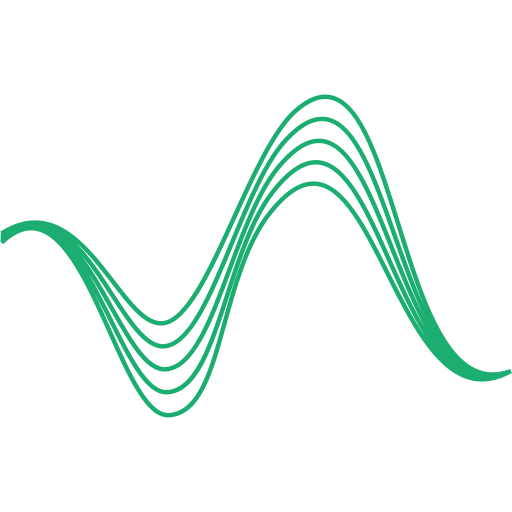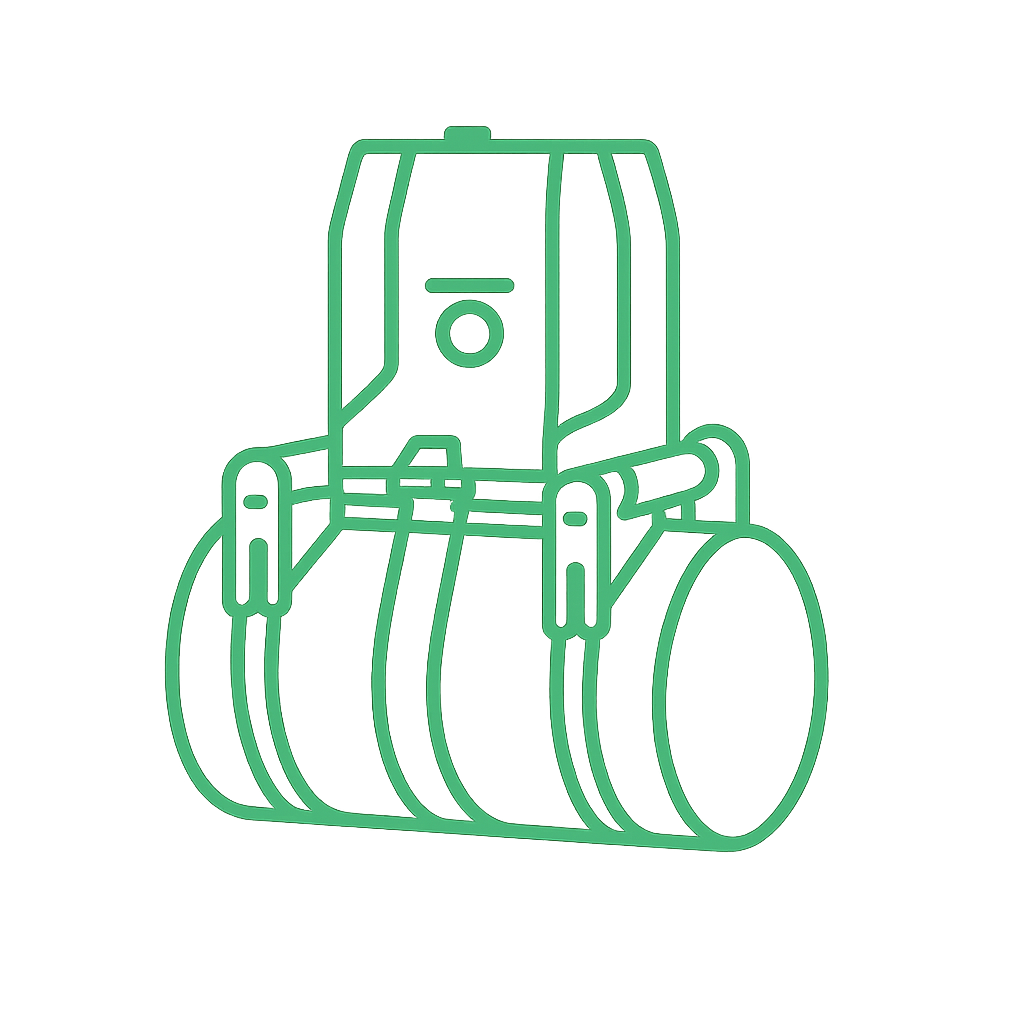Time of Flight Diffraction Technique (ToFD) is an advanced non-destructive testing (NDT) method used for inspecting welds and materials to detect and characterize defects or flaws. ToFD relies on the principles of ultrasonic testing, specifically the measurement of the time taken for ultrasound waves to travel through a material and bounce back when they encounter a defect.

BENEFITS
- High Sensitivity: ToFD is highly sensitive and can detect both surface and subsurface defects with great precision.
- Accurate Sizing: It provides accurate sizing and depth information of defects, making it easier to assess the severity of flaws.
- Minimal Surface Preparation: ToFD often requires minimal surface preparation, making it less invasive compared to other testing methods.
- Efficiency: ToFD is a fast and efficient inspection technique, allowing for rapid assessment of welds and materials.
- Versatility: It can be applied to a wide range of materials, including metals, composites, and plastics, making it versatile across various industries.
APPLICATIONS
- Oil and Gas: ToFD is commonly used to inspect welds in pipelines, pressure vessels, and storage tanks.
- Aerospace: In the aerospace industry, ToFD is used to inspect critical components like aircraft engine parts and structural components.
- Power Generation: ToFD is employed in the inspection of nuclear reactor components, steam turbines, and other power generation equipment.
- Construction: ToFD is used to assess the integrity of welds in bridges, buildings, and other infrastructure.
- Automotive: It can be applied to inspect welds in automotive components, ensuring their safety and quality.
- Manufacturing: ToFD is used to inspect welds in various manufacturing processes, ensuring product quality and reliability.
- Railways: In the railway industry, ToFD helps inspect welds in tracks, locomotives, and railcar components.
- Marine: ToFD is used for inspecting welds in ship structures and offshore platforms.











